The coolest vintage cars getting electric transplants
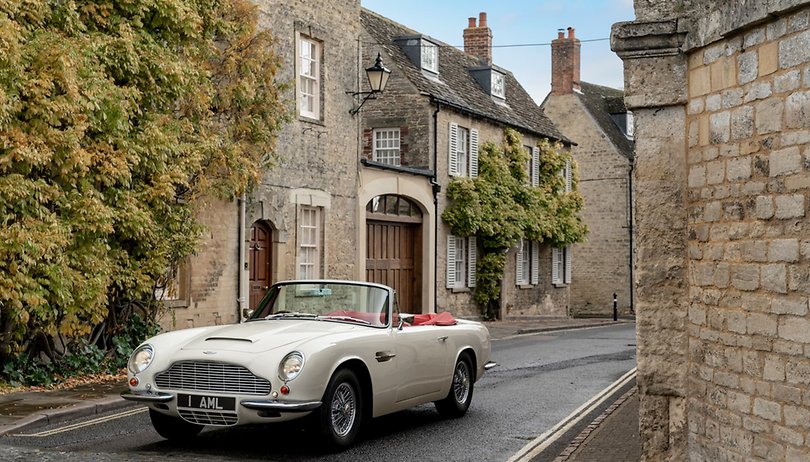

Owning a classic car has always been a matter of give and take. Sure, you get the iconic looks, the effortlessly cool aesthetic and the vintage soundtrack of the engine, but the downsides are well known too. Endless costly repairs and maintenance, break downs and unreliability. Today, things are changing.
Why would you want to convert a classic car to electric?
Anyone who even a passing interest in vintage cars or vintage gear in general will know that original condition is everything in this business when it comes to value. Classic car collectors want a vehicle in as close to its original condition as possible, that’s what fetches the highest prices. Why then, you might ask, would the owner of a classic car want to convert it to an all-electric drivetrain design?
The reliability issue is one reason. Owning an Aston Martin DB5 that starts every time, handles like a modern car and never breaks down sounds like a dream, but various workshops have been able to tune classic cars with reliable electrical systems and modern suspensions for years. So no, it’s not all about reliability.
- Lotus releases teaser video for its 200 mph fully-electric hypercar
One of the main reason we’re seeing this trend starting to grow is the upcoming ban on fossil fuels. In the UK, all cars will have to be zero emissions by 2040, and the government is under pressure to bring that forward to 2032. In France, it is a similar story. In Norway, where more than 50% of new cars are already all-electric, the internal combustion engine will be gone by 2025. This is a big issue for classic car fans. What’s the point of having that mint condition vintage roadster if it's illegal to take it out for a drive?
The third reason is environmental. As awareness of global warming and climate change continues to grow, so too does the desire to adopt a greener lifestyle - especially for those in the public eye. There is a neat crossover here with the typical market for classic cars (the rich and famous) and those wanting to make more environmentally-friendly lifestyle choices.
Jaguar 1960s E-type Zero
The British car manufacturer has already confirmed that it is working on an all-electric version of its classic car from the 60s. Jaguar unveiled its concept for the project back in September 2017, when it converted a 1968 Series 1.5 Jaguar E-type Roadster. The iconic car was fitted with a 40kWh battery and a 220kW electric powertrain. It weighed 46kg less than the original E-type and Jaguar said it could achieve a range of up to 270km. They call it the Jaguar E-type Zero. Oh, and it looks absolutely lovely.
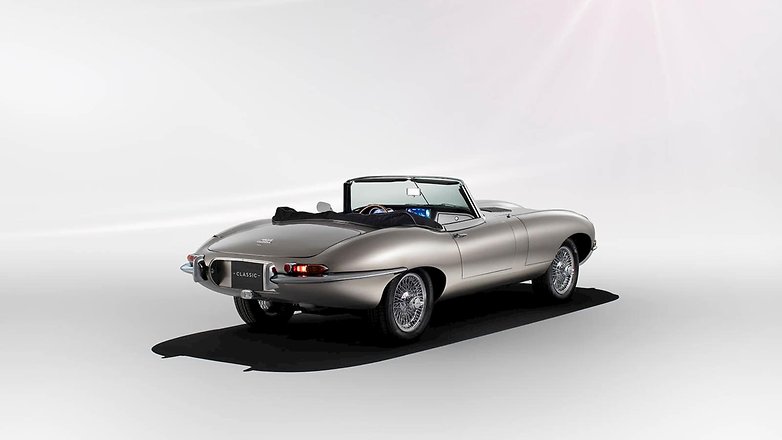
Since then, Jaguar has confirmed it is bringing the conversion project to production. The idea is that existing E-type owners will be able to convert their classic cars to all-electric versions. You’ll also be able to purchase a new electric E-type. Tim Hannig, Jaguar Land Rover Classic Director, believes the project will future-proof the enjoyment of classic car ownership.
The original E-type was sold between 1961 and 1975 and was driven by the rich and famous from Frank Sinatra and Roy Orbison to George Best and George Harrison. Jaguar is taking ‘expressions of interest’ for its all-electric E-type models and conversion and plans to make its first deliveries in 2020. Jaguar estimates that a fully restored E-type will cost you around £300,000 ($380,000) and then another £60,000 ($75,000) for the conversion to electric.
Aston Martin 1970 DB6 MkII Volante
In a similar fashion to Jaguar, another British car manufacturer is heading down the conversion road. Aston Martin has developed an electric conversion kit to bring powertrain technology to some of its classic cars of the past. The first in line to go electric is an original 1970 DB6 MkII Volante, which Aston Martin is calling the Heritage EV concept.
Aston Martin is using EV technology it developed as part of its Rapide E project. The British automotive band is working with the tech division of the Williams Formula 1 team on this, and there’s talk of a range of up to 200 miles (320km).

The 1970 DB6 MkII Volante Heritage EV concept features an “EV cassette”, which sits on the original engine and gearbox mountings, and is enclosed within its own self-contained cell. Umbilical cords from the power unit then feed the car’s electrical systems. Power management is operated via a dedicated screen, which is fitted to the car’s interior. The conversion is expected to be available alongside the Rapide E in the last quarter of 2019.
What is also interesting is that both the Jaguar and Aston Martin say that their conversions to electric drivetrains are completely reversible.
Third-party conversion companies are all over this
Aside from the major manufacturers themselves, third-party automotive companies are working on converting beloved vehicles to electric. These conversion specialist tend to lean towards the more iconic models too.
We’ve seen passion projects in the space before, such as the fully electric, manual gearbox 1978 Ferrari 308 built by Eric Hutchinson. The car features a triple HPEVS Custom Electric AC-51 “V-8” motor package and has a range of about 150 miles (240km).
Retro-EV
Retro-EV is the creation of founder and CEO, Michael M. Richardson. The company started in Estonia but has grown into Finland. The idea is to build and drive inspiring, sustainable automotive artwork. The company combines the best elements of actual classics with the best elements of modern electric vehicles. So far, Retro-EV has built a Triumph
E-GT6, and MG Roaster and even a Rolls Royce Corniche, all electrified.

Unlike what Jaguar and Aston Martin are doing, these are total EV transformations. The car is almost completely rebuilt to accommodate the electric powertrain. Basically, you aren't getting these back to their original condition if you want to sell them to wealthy collectors or purists. But man alive do they look pretty.
They are also not insanely priced. The E-GT6, for example, comes in at a contextually reasonable 79,450 euros (about $90,000). For that, you'll get 110 kW of power and a range of up to 125km, depending on the conditions and how you drive it, of course. The MG is a little more expensive, starting at 150,000 euros (about $170,000) whilst the Roller is going to cost you closer to a quarter of a million euros (about $280,000).
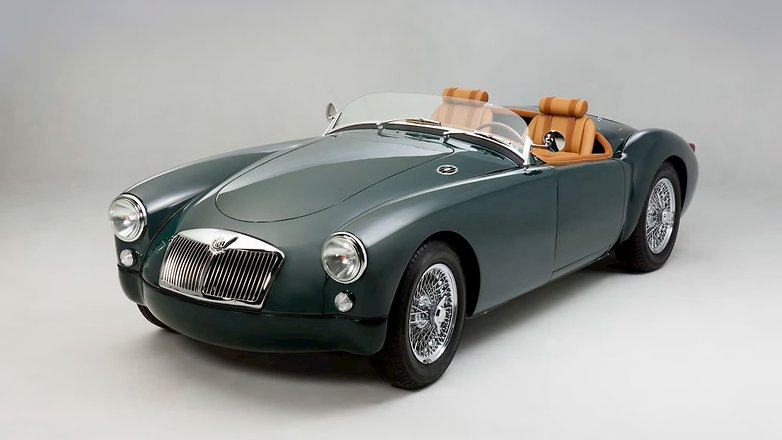
Other third-party converters
Then there are companies such as Zelectrics, which converts a range of classic cars to order. It seems to be a dab hand at old Volkswagens, having achieved some impressive results with the VW Beetle and VW Camper Van. It has also done a couple of classic Porsches.
CEO and Director of R&D at Zelectrics, David Benardo, started the whole thing with a simple concept - to bring “ sweet German design and throw in a high-performance electric powertrain”. Not only does the company fit a 100% electric powertrain, but it also upgrades suspension, lights, brakes and more.
You don’t even have to own a classic Beetle to be a part of this. Zelectrics will find you a suitable model (which you will then have to buy) before converting it to electric. The company is based in San Diego, California, but are also companies in Europe doing a similar thing.
- Batteries for bikers: the electric motorcycles capturing biker spirit
Then there’s Electrifi, a startup company that this week announced plans to plans to create more than 150 new jobs as part of a €50m investment in Ireland. Electrifi converts classic cars into fully electric automobiles using Tesla parts. For now, the company is concentrating on high-end cars from Ferrari, Lamborghini and Aston Martin. It’s not cheap, obviously, but there are also plans for an entry-level EV starting at just €30,000. Boss of Electrifi, Norman Crowley, said the startup is aiming to debut its own car designed and made in Ireland from 2020. Electrifi also has a sister company called Electric Classic Cars (ECC) that will happily sell you the parts you'd need to convert your own car to electric.
It seems there is a real trend growing here for classic car conversions. Sure, this is a niche market and more of an enthusiast/hobbyist thing, but it bodes well for the future of electric vehicles. If even the most traditional of internal combustion engine car owners are going electric, who is left to convert?

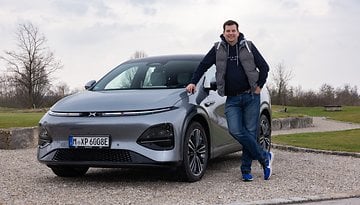
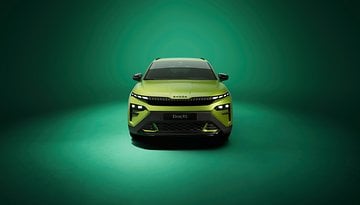

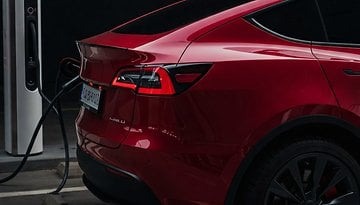









There is something very attractive about these good old vintage cars.
Very beautiful, old but modern at the same time, vintage with the technology of the 21st century.